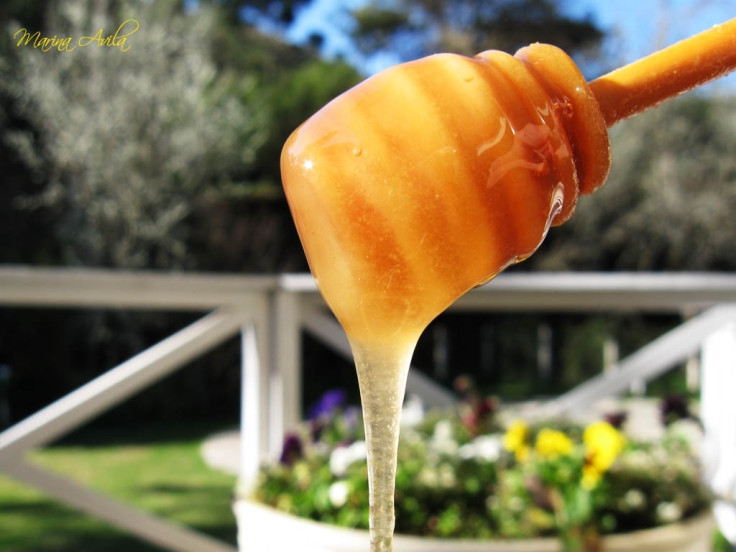The pesticide killing off bees ends up in most of the world's honey
Neonicotinoids impair bees' ability to function and contribute to colony collapse disorder.
Three-quarters of the world's bees are exposed to harmful levels of poisonous pesticides in their food, resulting in contamination of their honey.
Nearly half of these honeys contained more than one different source of neonicotinoids, according to a study in the journal Science. About 10% of samples contained four out of the five neonicotinoids tested for.
Neonicotinoids are one factor that contributes to Colony Collapse Disorder, which is particularly prevalent in North America. Elsewhere, the pesticide can contribute to population decline in bees as their hives slowly fail due to inefficiency and poor general health.
The study analysed 198 samples of honey collected by citizen scientists in North America, South America, Europe, Africa, Asia and Oceania. Rates of contamination were highest in North American samples, at 86%, followed by Asian, at 80%, followed by European at 79%.
The study confirms that neonicotinoids have a strong global presence. Previous studies have shown that contamination is strong throughout the year, even if neonicotinoids are only used in one season.
"The alarming thing is not just that the frequency is so high, but that many of the honeys had multiple neonicotinoids, which adds a new level to the problem," Christopher Connolly of the University of Dundee, who wrote a perspective piece in the same issue of the journal, told IBTimes UK. "They may work together, additively or in synergy to become much more toxic."
There was no fine-grained data available on where the 25% of samples that were not contaminated came from, but these could be areas of wilderness, where neonicotinoid levels are orders of magnitude lower than near farmland, Connolly said.
Neonicotinoid pesticides impair bees' memory and ability to learn. They're thought to be one factor involved in the global decline of bee populations.
"Without their full cognitive abilities, the bees can't learn to associate a particular flower smell with the delivery of pollen and sugar. They would also have trouble navigating and memorising the landscape. They'd also have trouble going back to the nest and communicating what they've found with other bees," Connolly said.
To make matters worse, neonicotinoids are nicotine-like substances. They are also addictive in a similar way. Although they don't bring pleasure to the bees, the bees will choose to return to neonicotinoid-contaminated nectar over neonicotinoid-free nectar, previous studies have shown.
The concentrations found in the honey were below the toxic level for human consumption, as we have more than 1,000 times the resilience to neonicotinoids that bees do.
"The levels are really, really small. But they're large enough to have these subtle effects on bees. Based on what we know now, there's no likely threat to humans," Connolly said.
France has pledged to move towards a full ban on neonicotinoids, and they already banned for use crops that bees pollinate across the EU. Campaign groups such as Greenpeace and Friends of the Earth have been pushing for a total ban on neonicotinoids.

© Copyright IBTimes 2025. All rights reserved.






















